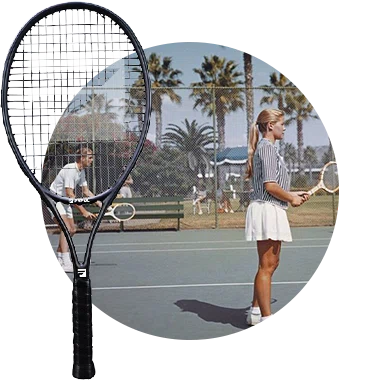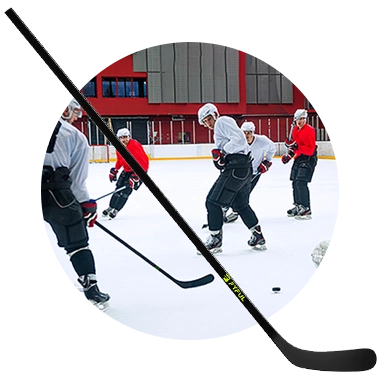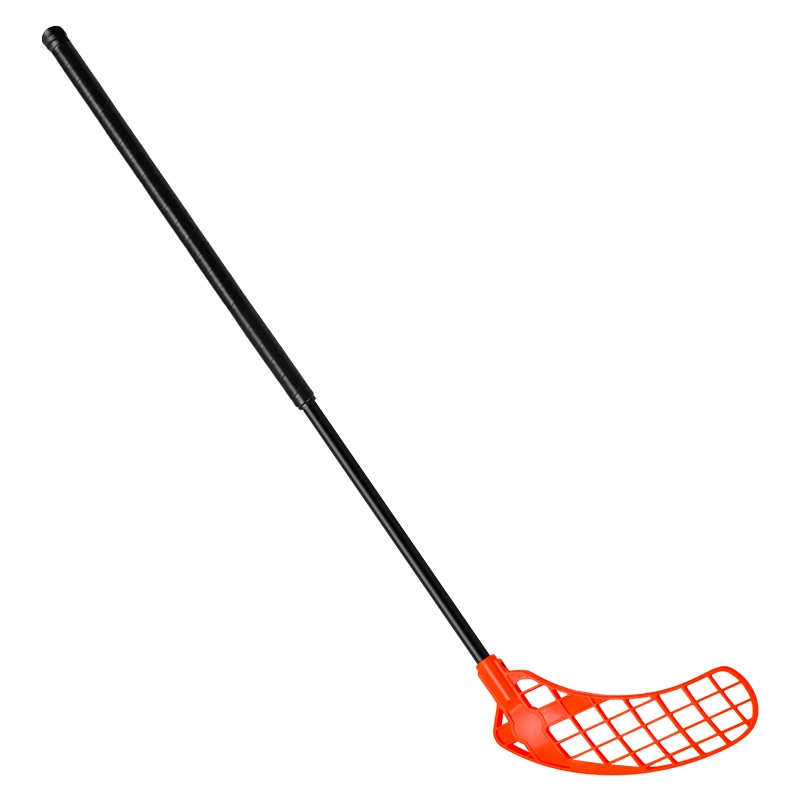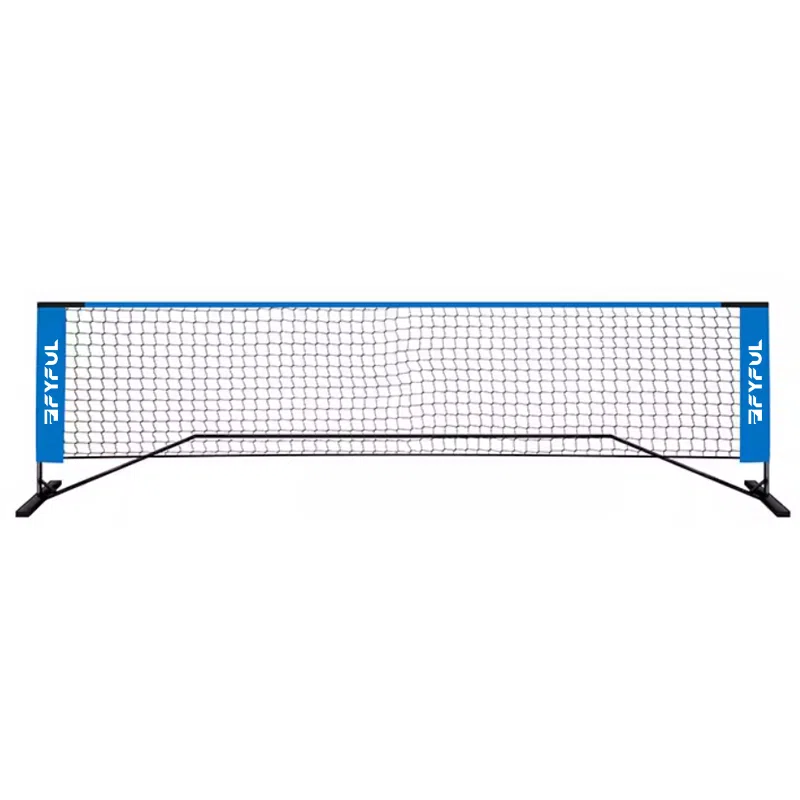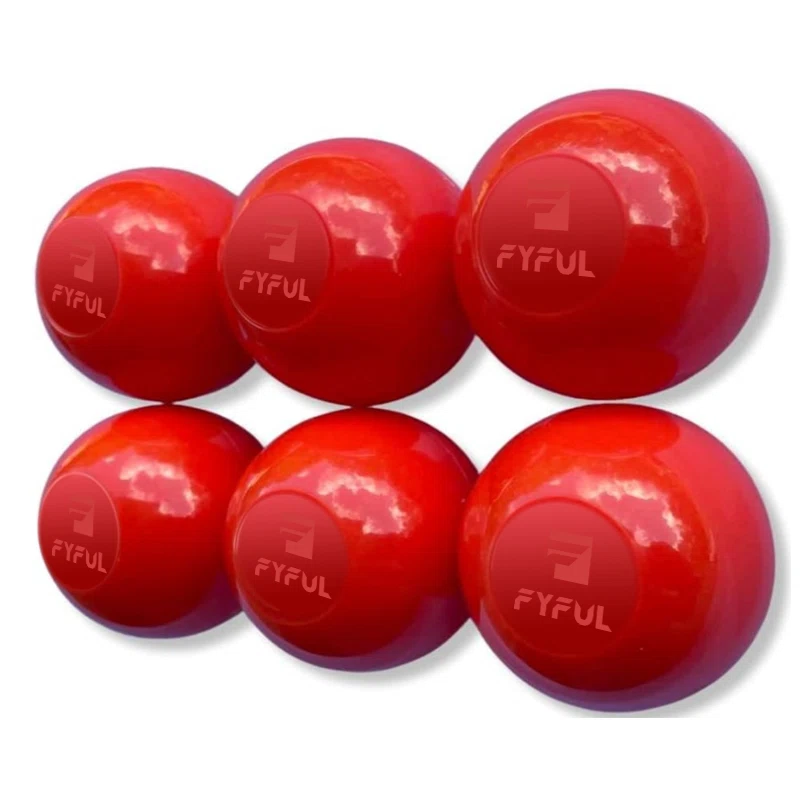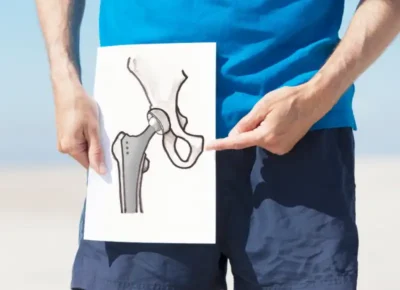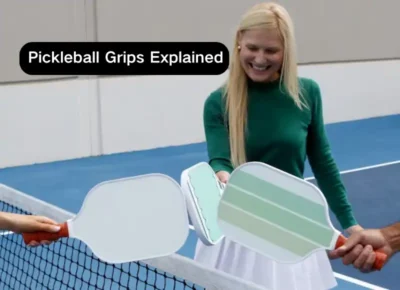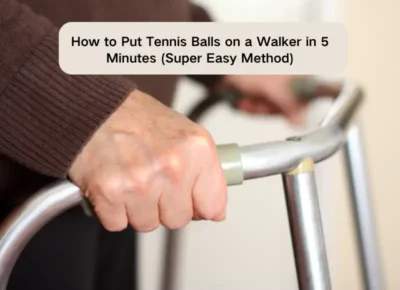Table of Contents
You’ve probably heard the Edge vs Edgeless Pickleball Paddle debate at your local courts. Some players swear by edgeless paddles for that extra reach, while others won’t touch anything without a protective edge guard. But here’s what most players miss: the real performance difference comes down to your playing style, not just the paddle design.
We tested both styles extensively (and watched countless paddles get dinged up in the process). The results? They might surprise you.
What you’ll discover:
- The actual sweet spot difference between edge and edgeless designs
- How edge guards affect paddle weight and swing speed
- Durability reality check – which style survives longer
- Performance comparisons for different playing styles
- Cost analysis over the paddle’s lifetime
At FYFUL, we produce both edge-guard and edgeless paddles, offering full flexibility in materials — Whether you’re looking for T700, 3K carbon fiber, fiberglass, or even Kevlar, any design can be customized with your preferred construction. We’ve observed how each design performs across thousands of matches, and the data we’ve gathered supports the insights shared in this analysis.
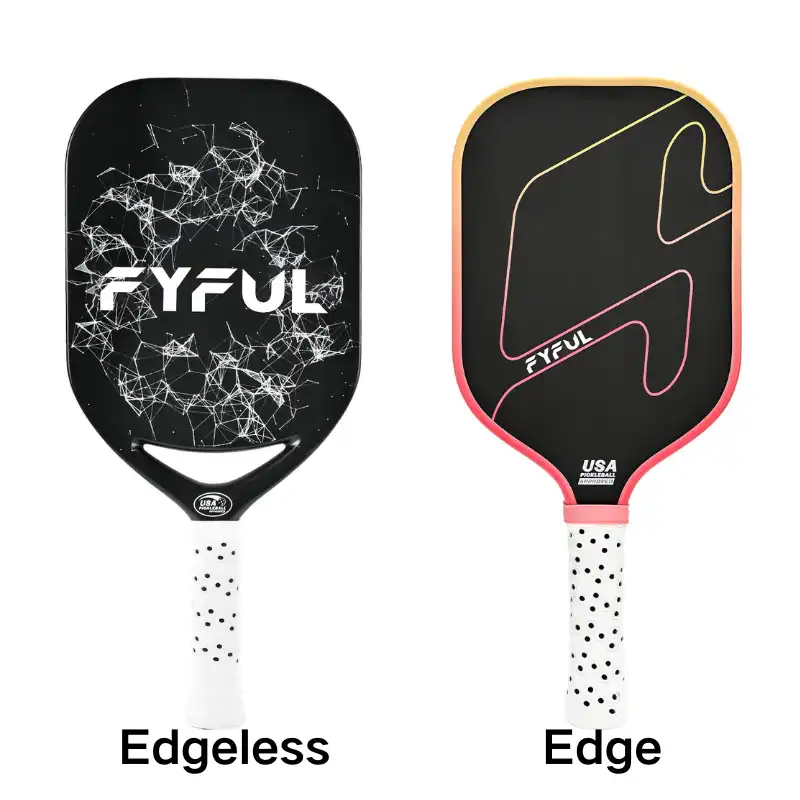
Edge vs Edgeless Pickleball Paddle
Quick Comparison: Edge vs Edgeless Pickleball Paddles
| Feature | Edge Guard Paddles | Edgeless Paddles |
| Sweet Spot Size | Standard (concentrated center) | 10-15% larger surface area |
| Swing Speed | Slower by ~0.02 seconds | Faster reaction time |
| Durability | 8-10 months average | 4-8 months average |
| First Signs of Wear | Month 7-9 | Month 3-4 |
| Best For | Power players, baseline drives | Finesse players, quick volleys |
| Vibration Dampening | Excellent | Good |
| Aerodynamics | Standard | Enhanced |
| Protection Options | Built-in | Requires aftermarket tape |
| Mishit Forgiveness | Moderate | High |
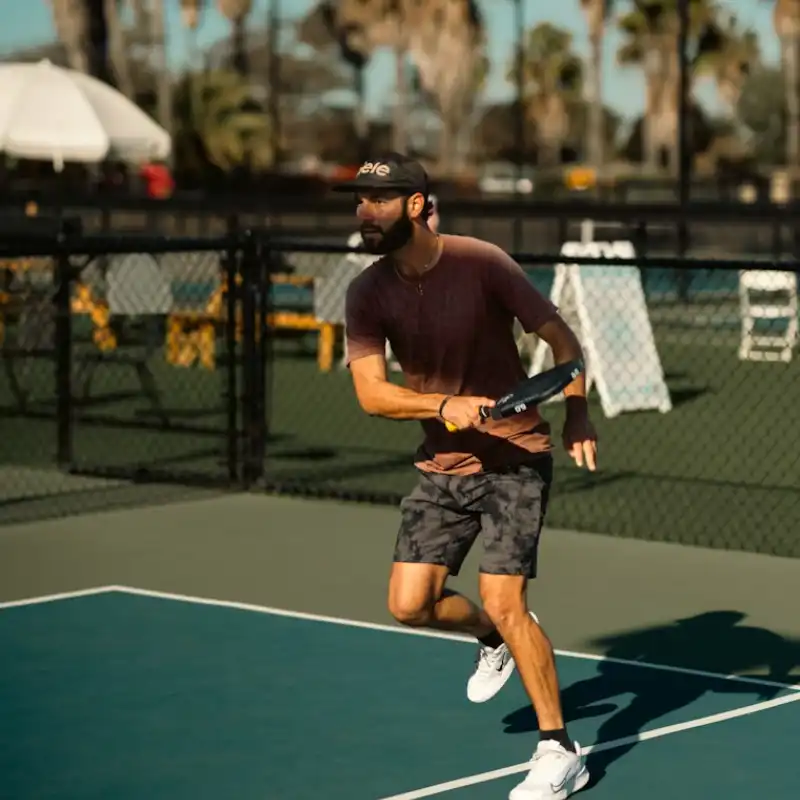
Test and choose the paddle you like
Actual Difference Between Edge Guard And Edgeless Designs
Here’s what paddle manufacturers don’t tell you: edgeless paddles give you about 10-15% more hitting surface. That’s roughly an extra half-inch around the entire perimeter.— a common point in the Edge vs Edgeless Pickleball Paddle debate.
But raw numbers don’t tell the whole story.
Traditional edge guard paddles concentrate their sweet spot in the center. It’s smaller, yes, but it’s also more predictable. You know exactly where that perfect hit zone lives.
Edgeless designs spread the sweet spot outward. You get more forgiveness on off-center hits, especially near the edges where mishits typically happen. It’s one of the key functional differences when comparing Edge vs Edgeless Pickleball Paddle designs. Think of it like this:
- Edge guard paddles = Smaller bullseye, but easier to find
- Edgeless paddles = Bigger target, but less defined
We tested this with our T700 Carbon Fiber Edgeless Paddle against traditional models. Players consistently made cleaner contact on edge shots with the edgeless design. The trade-off? The center sweet spot felt slightly less “punchy” compared to edge guard versions.
Pro tip: If you’re constantly catching balls near the paddle edge (we all do it), edgeless might transform your game. But if you pride yourself on consistent center hits, that edge guard sweet spot delivers more pop per shot.— another key consideration in the Edge vs Edgeless Pickleball Paddle decision.
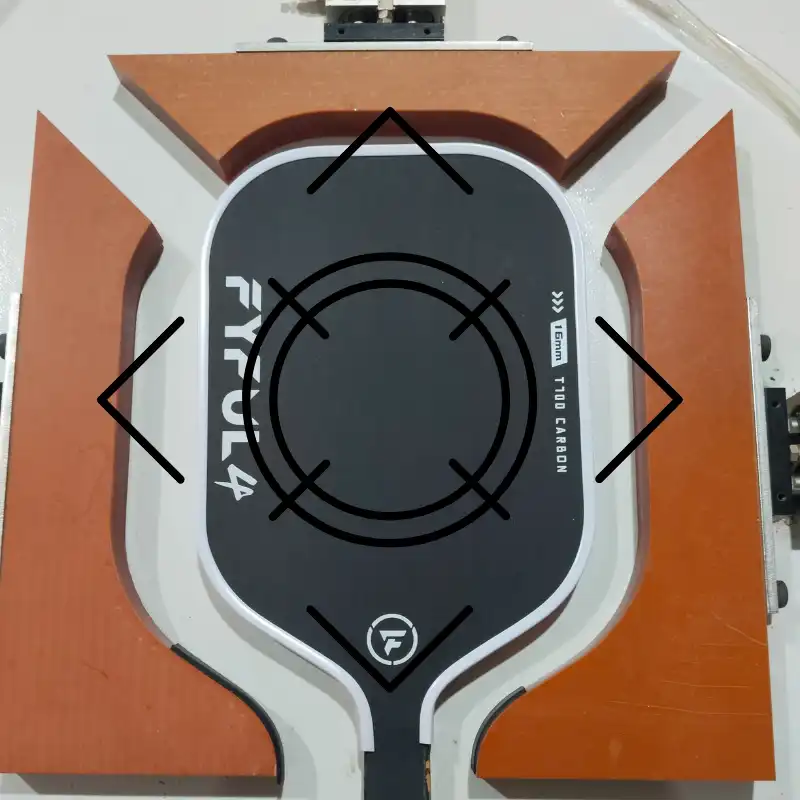
Edge guard paddles = Smaller bullseye, but easier to find
Weight Distribution Changes Everything
In the Edge vs Edgeless Pickleball Paddle conversation, weight distribution often gets overlooked — yet it plays a crucial role in how a paddle feels and performs. It’s not just about how heavy a paddle is, but how that weight is spread.
Many assume that edge guards dramatically affect paddle weight. In reality, a paddle’s core structure, surface material, and manufacturing process (like thermoforming) contribute far more to swing dynamics than the presence or absence of an edge.
That said, edge guards do subtly shift the balance. By reinforcing the outer frame, they can shift weight slightly toward the perimeter, which some players interpret as added stability — particularly helpful during volleys or off-center contact. This sensation is one reason why edge-guard paddles often appeal to power players.
Edgeless paddles, on the other hand, are typically more centered in their weight feel, offering a more balanced and connected swing. In fast exchanges at the net, this can translate into quicker hands and more control, especially for finesse or defensive players.
However, with that minimalist structure comes a trade-off. Edgeless paddles are more prone to wear and tear, especially along the edges. Many players add edge tape to preserve the paddle, but that essentially reintroduces a form of edge guard — with a DIY twist.
Understanding this dynamic is key when choosing between the two styles. The Edge vs Edgeless Pickleball Paddle decision shouldn’t be based on assumptions about weight alone, but on how your game style matches the paddle’s build.
At FYFUL, we support both types of design — edgeless for fluid control, and edge-guard for reinforced stability — giving players and brands the freedom to customize based on feel, performance, and durability.

Weight Distribution Changes Everything
Durability Reality Check
Let’s face a hard truth in the Edge vs Edgeless Pickleball Paddle discussion: Edgeless paddles don’t last as long. Without that protective barrier, the carbon fiber face takes a beating every time you dig out a low ball or accidentally tap the ground.
We’ve sold tens of thousands of both styles, and here’s what happens:
- Edgeless paddles develop chips around month 3-4 with regular play
- Edge guard paddles typically show wear starting around month 7-9
- The damage isn’t just about aesthetics — those chips affect performance
This issue becomes especially noticeable when high-end materials like T700 carbon fiber are used. While thermoformed paddles with reinforced edge zones offer better durability, they benefit from having some form of protection. We’ve heard from players who say their edgeless paddles look flawless for the first 60 days, but quickly show signs of breakdown after that.
Does this matter to everyone? Not necessarily.
Some players are perfectionists when it comes to gear. For them, durability and aesthetics are tightly linked, and edge guards provide that needed reassurance. Others are more focused on feel and performance, viewing dings and scratches as battle scars from intense play — signs that the paddle has earned its keep.
The key takeaway in the Edge vs Edgeless Pickleball Paddle debate isn’t just about lifespan — it’s about matching expectations. If your audience includes beginners or recreational players, paddles with edge guards often deliver a more satisfying long-term experience. But for players prioritizing a lighter swing, a minimalist look, and maximum maneuverability, edgeless paddles still make a strong case — just with a slightly shorter aesthetic shelf life.
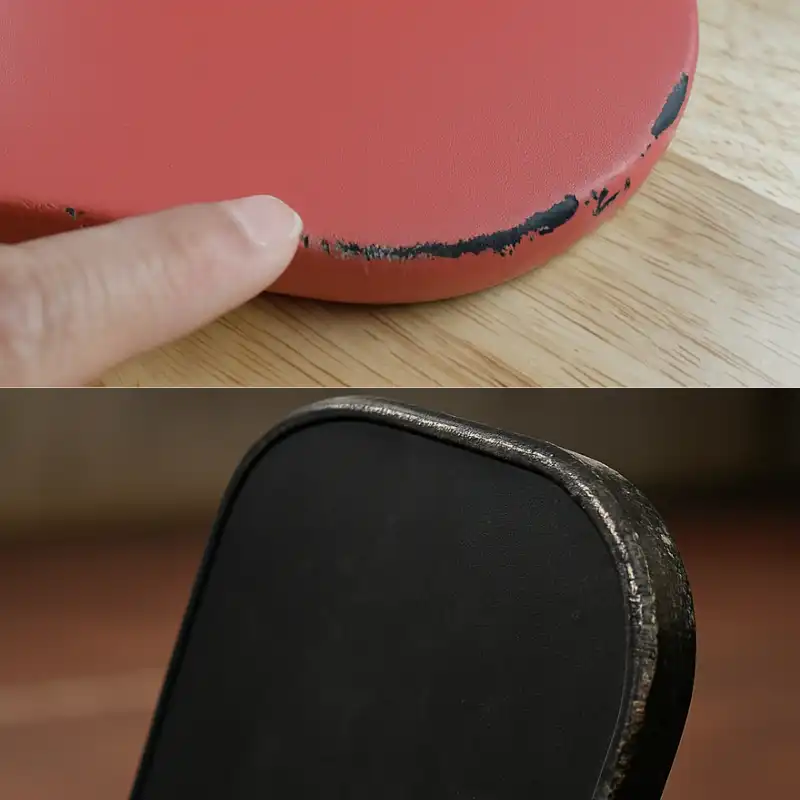
Durability Reality Check: Edge vs Edgeless Pickleball Paddle
Performance by Playing Style
One of the most important factors in the Edge vs Edgeless Pickleball Paddle decision is how your paddle matches your playing style. After reviewing feedback and performance data from a wide range of players, here’s what we’ve found:
Power Players:
Edge guards come out on top. The extra perimeter weight adds momentum to your drives and offers more stability on heavy contact. You’ll also notice better vibration dampening on hard hits — making it easier to stay aggressive without sacrificing control.
Finesse Players:
Edgeless paddles win here. Without the added edge weight, transitions at the net feel faster and smoother. Perfect for players who rely on touch shots, quick dinks, and hand speed.
All-Court Players:
This one’s a toss-up. If you want quick net play, Edgeless gives you responsiveness. But if you rely on consistent power from the baseline, edge guard paddles provide better shot stability.
That said, most players don’t buy based purely on performance. Visual design, surface texture, and in-hand feel matter just as much — especially for private label and club buyers who want something unique and on-brand.
At FYFUL, we understand this. That’s why we offer:
Low-MOQ paddle customization
Visual previews before mass production (photos & videos)
Sample testing across multiple styles so you can try what fits before committing
When it comes to the Edge vs Edgeless Pickleball Paddle decision, there’s no universal answer — only the right match for your game, your customers, and your business strategy.
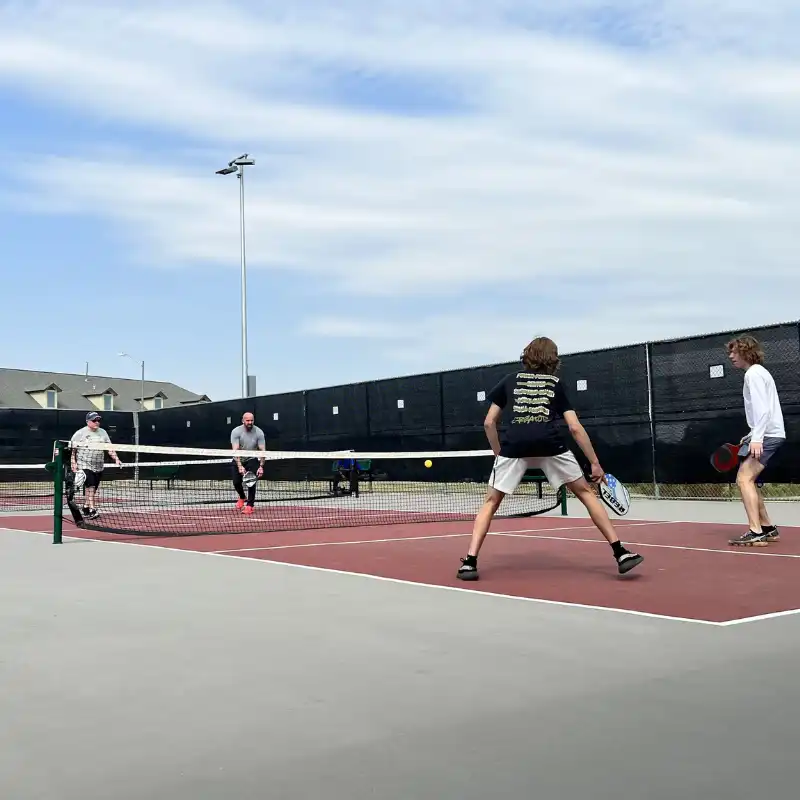
Performance by Playing Style
Real-World Cost: What Really Affects Paddle Longevity
There’s a common belief that edgeless paddles save money upfront, but the real cost over time depends on how you play — not just the paddle design.
In reality, the Edge vs Edgeless Pickleball Paddle distinction doesn’t significantly affect manufacturing cost. Whether a paddle has an edge guard or not, pricing is more influenced by factors like the build method — such as thermoformed vs. cold-pressed construction — and materials used.
In our experience working with both amateur and competitive players:
- Edgeless paddles may show signs of chipping or wear along the rim after 3–6 months, especially if you play frequently or make ground contact often.
- Edge guard paddles, while slightly heavier, tend to hold their shape longer and offer better long-term protection — especially for players who value consistency over aesthetics.
Some players add aftermarket tape to protect their edgeless paddles, which can help — but it’s essentially a DIY edge guard that changes the feel and swing weight.
If you’re a hard-hitting player or if you value durability, edge guard paddles might be the smarter long-term choice. But if you’re a finesse player or you just prefer a clean, minimalist design, edgeless paddles deliver that sleek look and fast feel.
At FYFUL, we offer both edge and edgeless styles, with materials ranging from fiberglass to premium carbon fiber — so you can choose the option that fits your game, your brand, and your customer base.

Choose a material and customize
Ready to Choose Your Perfect Paddle with FYFUL?
The edge vs edgeless pickleball paddle debate boils down to your priorities. There’s no universal winner — just the right paddle for your playing style and budget. Consider these factors before making your choice.
Key takeaways:
- Edgeless paddles offer 10-15% more hitting surface but wear out twice as fast
- Edge guards add stability and durability at the cost of a slight weight increase
- Power players benefit from edge guards; finesse players prefer edgeless
- Long-term costs favor edge guard paddles despite the higher upfront price
- Both designs can excel with proper care and realistic expectations
At FYFUL, we manufacture both styles because we understand every player is different. Our paddle collection includes edge guard and edgeless options, giving players the freedom to choose what suits them best in the Edge vs Edgeless Pickleball Paddle conversation. Whether you choose our durable edge guard models or our Edgeless Paddle, you’re getting factory-direct quality that’s USAPA approved.
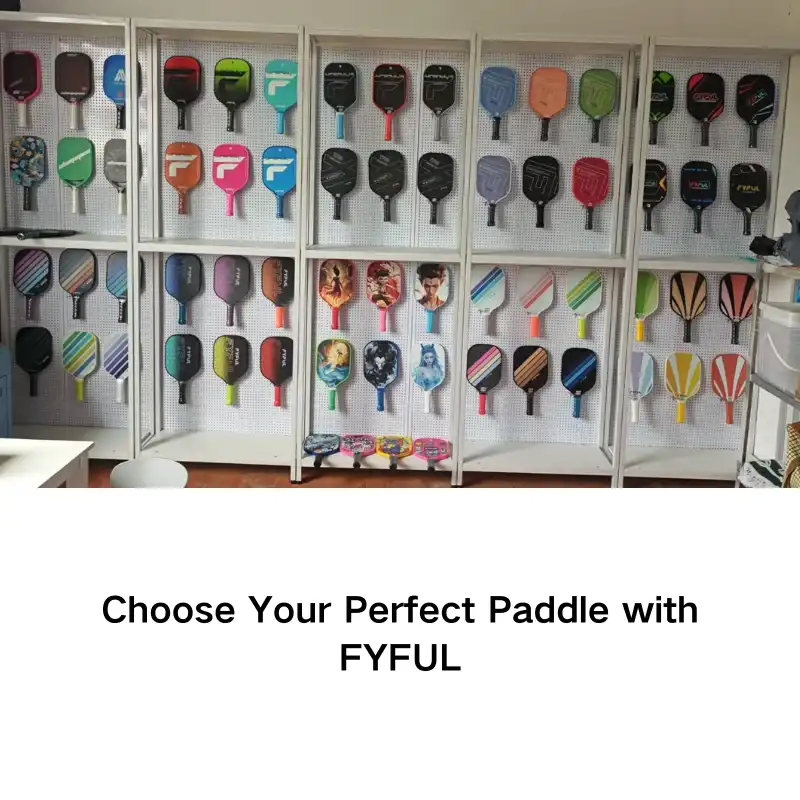
Customization and manufacturing
FAQs
What is an edgeless pickleball paddle?
An edgeless pickleball paddle has no protective edge guard around its perimeter. Instead, the paddle face extends seamlessly from edge to edge, maximizing the hitting surface. In the context of the Edge vs Edgeless Pickleball Paddle debate, edgeless designs are preferred by players who value a lightweight feel and sleek aesthetics.
How big is the edge guard on a pickleball paddle in inches?
Most edge guards measure between 1/8 to 1/4 inch (3-6mm) in width. The thickness typically ranges from 1/16 to 1/8 inch. This seemingly small strip reduces your hitting surface by about half an inch around the entire paddle perimeter.
How to protect your pickleball paddle edge?
For edgeless paddles, many players apply protective tape (helicopter or edge guard tape) around the perimeter to prevent chips and surface wear. This DIY solution is common in the Edge vs Edgeless Pickleball Paddle discussion, where durability becomes a top concern. For edge guard paddles, regular inspection and careful handling (especially on hard courts) help maintain integrity.
How to put edge guard on a pickleball paddle?
In the Edge vs Edgeless Pickleball Paddle discussion, many players opt to add or reinforce edge guards themselves for better durability. To install one, start with specialized paddle edge guard tape. Clean the paddle edge thoroughly to remove dust and oils. Begin wrapping at the handle, pressing firmly as you work your way around the paddle’s perimeter. Overlap the starting point by about 1 inch, then trim the excess tape. For best results, use a heat gun or hair dryer to ensure a tight, long-lasting seal.
This added layer not only offers protection but also helps extend paddle life — one of the key factors when comparing the Edge vs Edgeless Pickleball Paddle options.
How to repair a loose edge guard on a pickleball paddle?
Edge guards play a major role in the Edge vs Edgeless Pickleball Paddle durability debate. If your edge guard begins to peel or loosen, start by removing the affected section entirely. Clean off any old adhesive with rubbing alcohol. Then apply paddle-safe glue (avoid superglue, as it can damage materials) to both surfaces — the paddle and the edge guard strip. Press them together firmly and use clamps or rubber bands to hold it in place for at least 24 hours.
Suppose the damage is extensive, or the edge guard no longer fits securely. In that case, professional replacement may be the best option — especially if long-term paddle integrity matters in your Edge vs Edgeless Pickleball Paddle decision.


